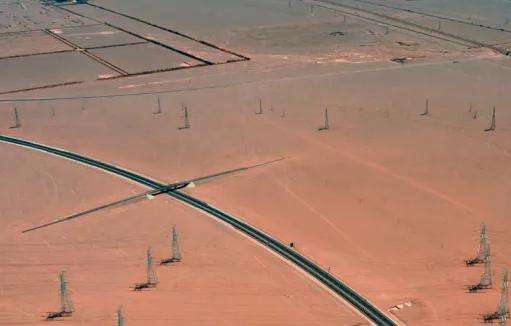1. Common faults and locations of diesel generator cylinder liners
During long-term use, cylinder liners are prone to damage from high temperature and pressure, cavitation damage caused by coolant and mechanical failures. such as severe wear, cracking, cavitation and pulling on the cylinders may occur. When the cylinder liner is heavily worn, it will cause the compression pressure inside the cylinder to decrease, reduce power, etc. If a flathead screwdriver is used to turn the diesel engine flywheel ring gear into the flywheel monitoring hole, an air leak sound will also be heard;
< p>After the appearance cracks or cavitation in the cylinder liner, the cylinder liner may leak and the lubricating oil inside the oil pan entera in the coolant. If the crack or cavitation is above the top dead center of the piston, water will flow out of the water tank (or radiator) after the diesel engine is started. The obvious characteristics of a diesel engine after cylinder pulling are a decrease in speed, power and lubricating oil temperature. Elevation and smoke emission, etc. The easily damaged part of the cylinder liner.2. Causes of failure of cylinder liners of diesel generators
1. Reasons for significant wear of cylinder liners
The piston moves at high speed on the inner wall. of the cylinder liner and cannot. This will prevent wear on the cylinder liner. If the position error of the cylinder liner during assembly is large or the piston ring does not meet the technical requirements during assembly, the cylinder liner will soon suffer wearimportant.
2. Reasons for cracks in the cylinder liner
If the manufacturer has defects during casting, or the operator uses and maintains them improperly, the outer wall of the cylinder liner will suddenly suffer changes in cold and heat, or over a long period of time. Cracks in the cylinder liner will occur during operation under load or when the outer wall of the cylinder liner freezes. If the cylinder liner is incorrectly assembled, the corresponding gap between the cylinder. the liner and cylinder block will change, causing the cylinder liner to tilt in the cylinder block.
3. Reasons for cylinder liner pulling
Generally, there are five reasons why the cylinder liner is pulled. One is that the gap between the piston and the cylinder liner is small; the gap between the piston and the cylinder liner is smallt ; maintenance during the running-in period was not carried out in accordance with technical requirements; third, the gap between the assembled piston rings was too small; fourth, there were many solid particles inside; lubricating oil; fifth, the operator quickly increases the speed of the diesel engine.
4. Reasons for cylinder liner cavitation
There are generally three reasons for cylinder liner cavitation of diesel generator. One is that the manufacturer has defects during molding; the other is that the mounting space between the cylinder liner and the piston is too large; the third is that the mounting space between the cylinder liner and the cylinder block is too large.
If it is a dry cylinder liner, there is no water plug; if it is a wet cylinder liner, the water plug is usually at the front and rear ends or don both sides of the body, near the bottom of the cylinder liner.
Before replacing the water cap, you must drain the water, then remove the air filter and intake pipe, then move the compressor and generator away, and remove the heating pipe. You can then see the water blockage. The engine water cap is a replaceable round cup-shaped metal cap. When removing the water cap, pull down one side of the water cap until the other side comes up, then use pliers to remove it. However, it is better to drill a hole. hole and hang it to avoid accidentally knocking the old water cap during operation. Remove the old water cap and install a new water cap will do the job.














